
What a cute puppy! The dog on the right, standing with his older, obviously very tolerant housemate, is theArgus/Read pup who was known as Light Blue, one of the two pups I thought were especially handsome in an over all lovely litter. Sounds as if he has settled in well, and his new mom has included me in the pictures she's sent to his breeders Suzi & Judy.
Charlie (Argus/Nikon) paid a visit to the Vet and got his rabies shot. He'll be starting obedience classes and needed his shots up to date. I had suggested the vet clinc where the pups got their check ups & DNA blood draws, and they ended up with Dr. Jim as their vet. Perfect! He spent lots of time with them, answered all Brooke's questions, and Charlie behaved well - except for the courtesy nail trimming, which does not surprise me at this age.
I received an email from one of the blog readers asking an interesting question I thought would make a good posting. She wrote,
We've noticed that some of the Dals we've met do not have the same type or feel of coat that ours has. One of them has a thick, coarse coat and its hairs are a bit longer than our girl's. Then another has the softest fur I've ever felt. It is smooth as can be and the hairs are so short and thin. What makes for the differences in hair length? I always thought that all Dals' coats looked and felt the same but I now know different! And also, one of the black-spotted Dals that we met had dull black spots and then the other one's spots are so black they look like wet ink. What causes the variation in that? Is one better than the other- or more preferable- in the show ring?
Although part of it is nutrition, most of the difference in coat length, texture and depth of pigment (that's the richness of the color) are genetic. The 4 Dals here right now all have slightly different coats.Liver Argus has very short fine soft glossy hairs and a really dense coat. Liver Coral has a short coat, not quite as thick as Argie, not quite as soft or shiny. Liver Josie has a longer harder coarser coat than the other two livers and her color is a darker shade of brown. Her father Peter also had a hard crisp coat but it was short. Black Watson has a bit longer coat (longer than Argus & Coral, shorter than Josie), super thick and soft, and his spots are shiny but not quite as shiny as those on Argus. The really satiny black spotted dogs with the super shiny soft coats I call "blue-blacks", the dull ones I refer to as "bad blacks" and the rest of them are just "black". The soft shiny livers are usually the red or mahogany in color, the duller ones are usually chocolate or brown. Genetically we are dealing with a short-haired black or liver dog (we won't get into lemons & long coats & such), but there are a variety of modifier genes that change the length, texture, and thickness of the coat, and shade of those colors.
The Dalmatian standard says the coat is "short dense fine and close fitting, neither wooly nor silky. It is sleek glossy and healthy in appearance". Because the Dalmatian lived in the stable and ran with carriages, he had to have an all weather coat, tight fitting so the rain ran off and he didn't pick up burrs. The densest coats are the hardest to bathe because it's difficult to get them wet to the skin at first, and because they have more hairs it takes longer to dry them. Dogs with those coats tend to shed more (they have more hair), but generally have healthier skin!








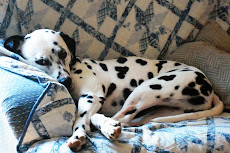





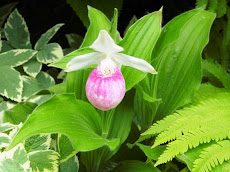

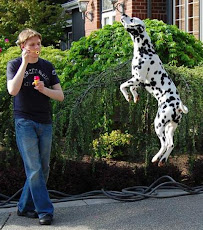

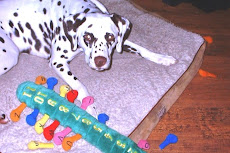

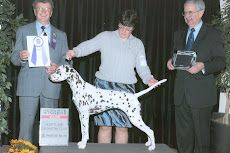
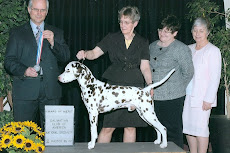


























No comments:
Post a Comment